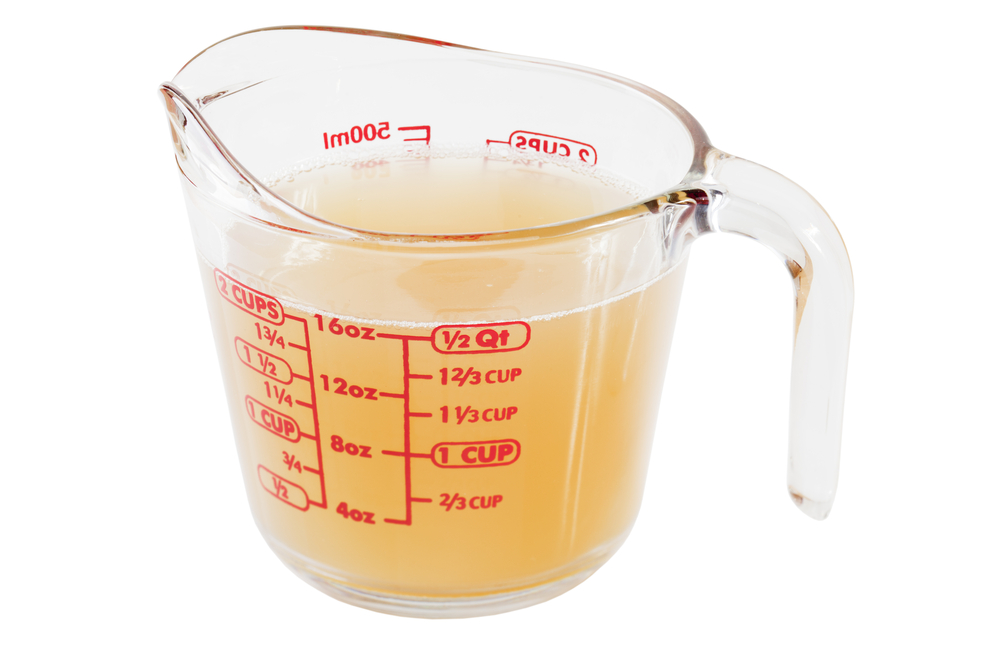Homemade stock, to use in soups, broths, casseroles and risottos, can be so much better than commercially made stocks. Yes – it requires rather more effort to make than opening a jar and boiling a kettle of water, but if you follow the method below you will want to make it at least for a special meal but very possibly on a more regular basis!
And if you think the process of messing around with bones etc. is too much trouble, you can use biodegradable “stock socks” – stretchy cotton mesh bags which you fill with the appropriate ingredients – to make the process even more simple. You can buy these online or improvise and tie the ingredients in a muslin square or similar!
Good chickens have good bones which make good stock. If you have splashed out on a high-quality bird it is a tragedy not to use the bones, and giblets if you have them, which will make a luscious, jellied stock. Fosse Meadows produce excellent chickens https://fossemeadows.com
Use at least one whole chicken carcass, use any skin too – this can be raw, or the remnants of your cooked chicken – and use the giblets too if you have them.
Add a few parsley stalks or a few sprigs of thyme if you like.
Put all the ingredients in the “stock sock”, and put the “sock” in a large, sturdy pan and cover with water.
Set the pan over medium heat and bring the water up to the boil. Skim off any scum that rises to the surface. Turn the heat to the lowest setting, cover the pan and let the whole lot simmer for at least 2 hours – longer if you like. Check the water level from time to time as you may need to top it up with boiling water from the kettle to keep the bones covered.
To drain the liquid from the “sock” – hook it up over the pan (you may need to improvise here) and let the liquid drain into the rest of the stock in the pan – it will only take about 15 minutes or so to drain, after which you can dispose of the sock and its contents.
Let the stock cool completely and store it in the fridge for up to three days before using it. A layer of fat is likely to form on the top of the stock – this can be used in your recipe or to fry onions or something else. The stock may become jellied – this is fine and shows just how good those bones were.
You can reduce the stock by rapid boiling (keep an eye on it as you don’t want to let it boil away to nothing) which will intensify the flavour and reduce the amount of space needed for storing – this is good if you want to freeze the stock.

